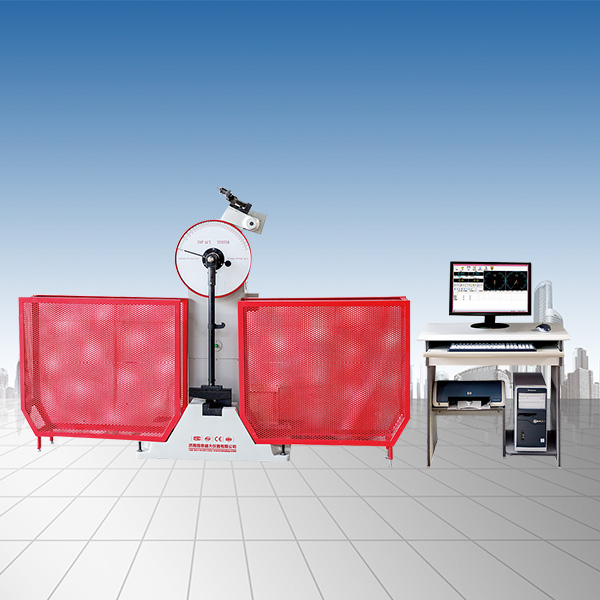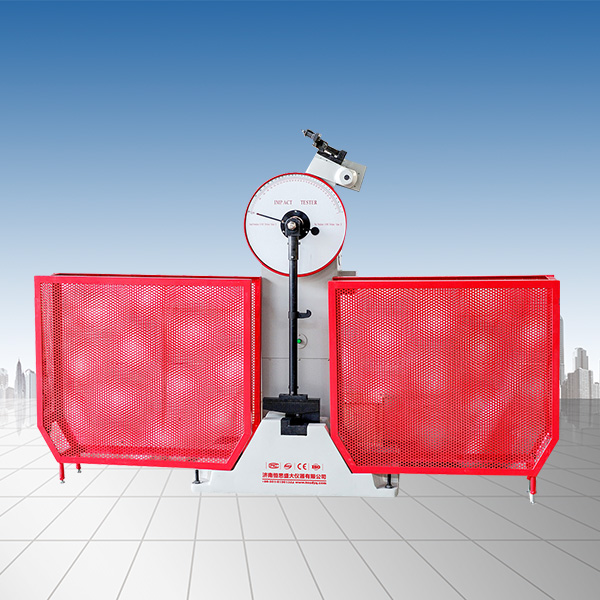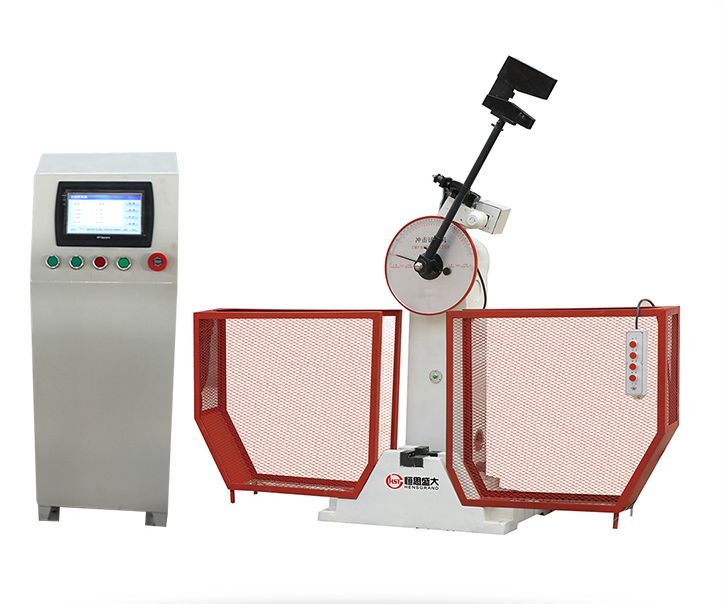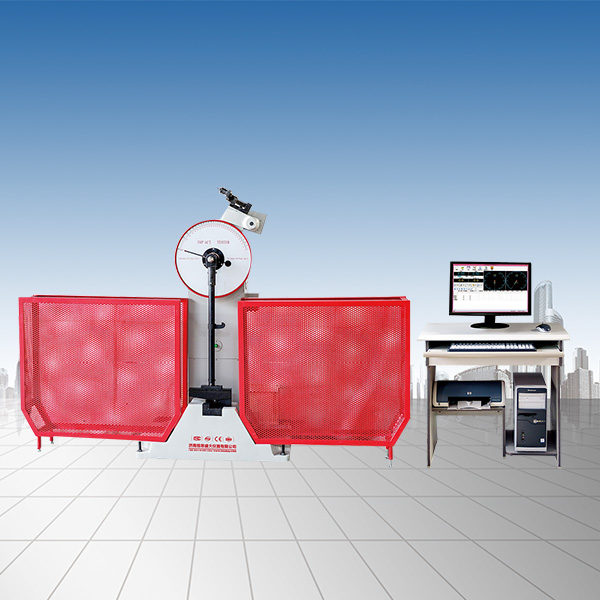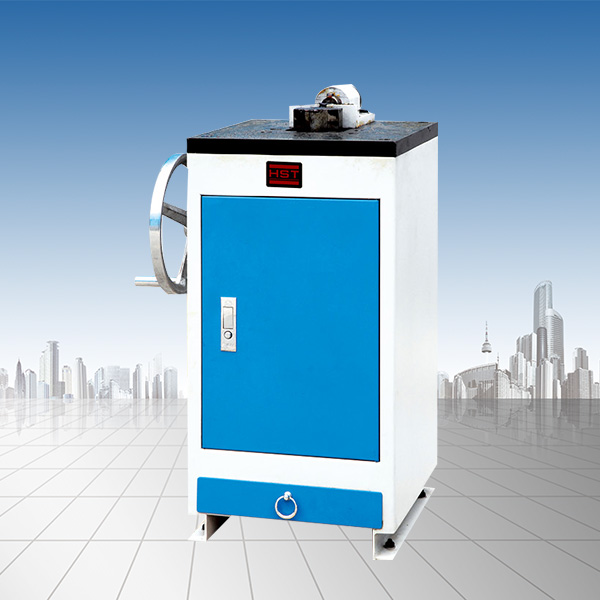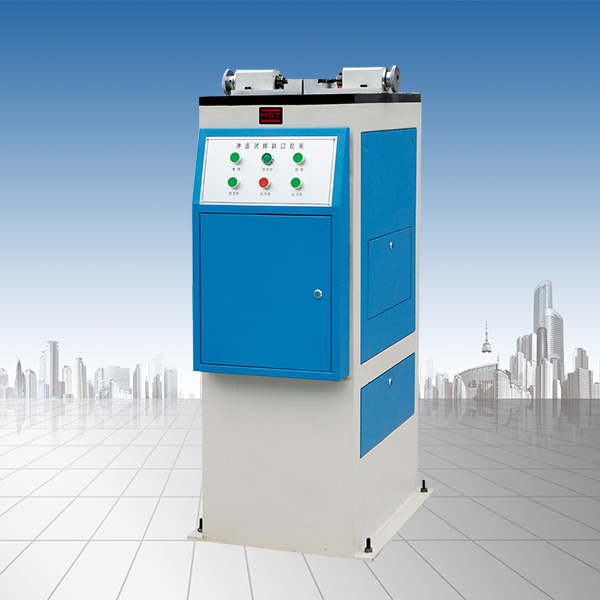Company News
Main performance and requirements of tensile testing machine fixture
Release time:2018-11-23 source:Jinan Hengsi Shanda Instrument Co., Ltd. Browse:
1. Requirements for fixture structure of tensile testing machine:
The design of the fixture is mainly based on the test standards of the material and the shape and material of the sample (specifically referred to as finished and semi-finished products). The above test standards refer to ISO, ASTM, DIN, GB, BS, JIS, etc., as well as enterprise standards, industry standards, etc. These standards generally have strict regulations on sample preparation and test methods. We can design different fixtures according to the different samples and test methods. For fixtures used for special samples (finished and semi-finished products), fixtures are mainly designed based on the shape and material of the sample.
2. Strength requirements for experimental machine fixtures:
The test force of the sample (or product) is applied to clamp the sample by clamping the sample. The test force that the clamp can withstand is a very important indicator of the fixture. It determines the size of the fixture structure and the labor intensity of the fixture operation. The sample materials are divided into metal and non-metal, and the shapes are divided into various materials. The test force that the sample can withstand is as small as a few dozen centimeters (such as spandex wire for textiles), to dozens of tons, such as ordinary steel. The domestic electronic universal testing machine has a test force of 1000KN, a level 1 machine, the sample size is as small as gold wire with a diameter of φ0.005mm, and PVC pipe with a diameter of 1.5m, etc. This requires the selection and design of different fixtures according to different test forces and the shape of the sample.
3. Requirements for fixture materials of the experimental machine:
For general metal and non-metallic specimens, the jaws of the fixture are in direct contact with the specimens. Generally, high-quality alloy structural steel, alloy high-carbon steel or low-carbon alloy steel, cold-work mold steel, etc. are used to increase their strength and wear resistance through appropriate heat treatment processes. Sometimes special steel is also installed at the jaws, or gold steel sand is sprayed on the surface of the jaws (suitable to clamp harder metal materials, such as steel strands, etc.). For some fixtures with small test force, the surfaces in contact with the sample are made of soft rubber.
Recommended productsPRODUCTS


















